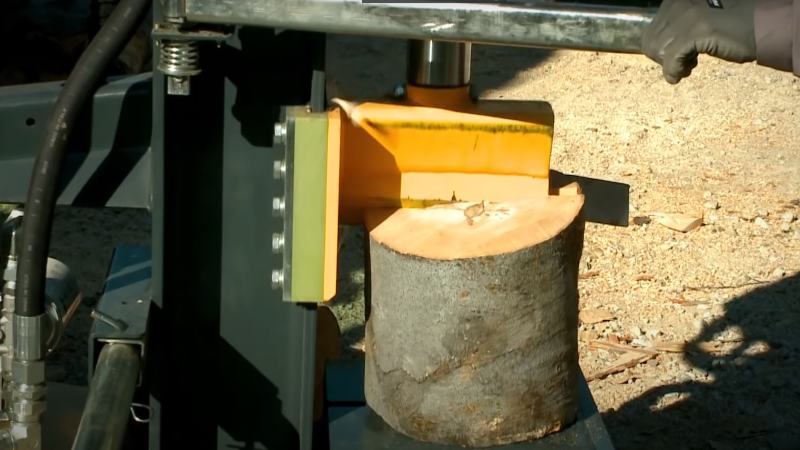Top Three Considerations When Shopping for a Log Splitter
Table of Contents
Power source and splitting force are only two of the top considerations when buying a log splitter. There are several other things you need to keep in mind to ensure that you pick the right model that best suits your needs.
Why Do You Need Log Splitters?
There is always something uniquely satisfying when you split the wood you need for fireplace by hand. However, if you end up burning tons of wood for the season in your woodstove, you will be able to save yourself from more back pains if you invest in log splitters.
Would-be lumberjacks also need to decide between a gas-powered or electric model. The specific type of wood you will split and the diameter of the logs you wish to split will determine the tons of pressure that the splitter needs to generate.

Pine and other kinds of soft woods may be efficiently handled by electric splitters. However, for tougher types of wood such as cherry, locust, elm, and oak, you will be better off with heavier models that are gas-powered and can produce 25 tons or more of splitting pressure.
You don’t need to be confused with your decision-making, though. Read on below to know to pick the most lot splitter that suits your specific needs, requirements, and budget.
Power Cutter
The number of tons of the splitting pressure that log splitters produce is being used to rate them. If you have more splitting tonnage, you will be able to split a larger diameter and a tougher type of wood as well.
It doesn’t matter if it is electric or gas because models that produce 5 to 6 tons will often handle logs with a diameter of up to 10 inches, as long as the grain is still straight and the wood is not that hard.
As for bigger logs with 24 inches of diameter or so, you will also want a log splitter that can produce a splitting force of 20 to 25 tons. As for logs that are really large, you might need a splitter with a capacity of 35 tons.
No Fumes
Similar to many electric tools out there, electric log splitters are often smaller that make them easier to keep and also lighter to make them simpler to maneuver.
Many electric models range from 5 to 6 tons, letting them handle logs with a diameter of a maximum of 10 inches without a lot of strain. Since electric models don’t produce fumes, it is also safer to use them in the garage. Another good bonus is if you only need to split several bigger pieces for your fireplace on a chilly night.
Obviously, the downside here is that you are limited by your extension cord’s length in terms of the distance you can go using your electric log splitter.
For Bigger Jobs
For 10 inches or more logs and for tougher kinds of wood, your best way to go is a gas-powered model that produces higher tonnages required for getting the task done. A horizontal log splitter is great if you want to split pieces that you can lift with ease. For pieces that are heavier and with larger diameter, you should choose a model that can split vertically.
